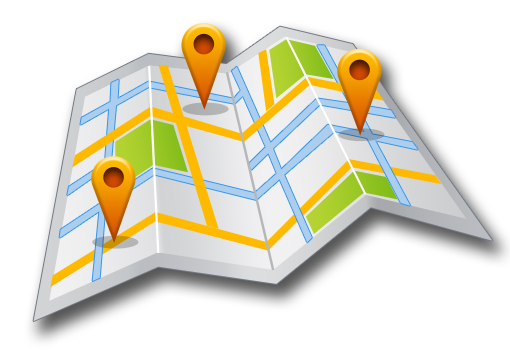1. Localize

Many national brands that do “local marketing” rely on concatenated phrases, changing “Financial Adviser in Boston” to “Financial Adviser in Denver,” for example. But that type of boring, generic marketing won’t engage your target audiences or inspire them to take action. Instead, identify your most critical local markets, and deliver compelling localized messaging, content, programs, offers, and calls to action based on the area or neighborhood.
2. Go mobile and local
More than 250 million people access Facebook via mobile devices. Some 40% of Google mobile searches are local, and 70% of smartphone owners use their device while shopping in-store.
The future is mobile—especially for local businesses. Businesses can reach the mobile population in many ways, including mobile sites, apps, search, advertising, SMS, coupons, loyalty programs, geo-fencing and check-in offers.
Mobile technologies plus concentrated local efforts equals a winning local marketing strategy.
3. Search
Google had more than 11.7 billion US searches in January 2012. Of those queries, approximately 20% had local Intent. That number jumps to 40% for mobile searches. So, make sure your prospects can find you.
Search engine optimization (SEO) is a huge business driver and it should absolutely be used in local marketing efforts. Optimize your site for geo-terms. Display your contact information prominently on your site. Use geo sitemaps and hCard micro formats in your site code.
Paid search is also effective. Geo-target your paid search campaigns, include geo-based language in your ads and landing pages, and use location extensions.
4. Advertise
Online local advertising is on the rise. Borrell Associates forecasts 18% growth, with a projected increase from $15.7 billion to $18.5 billion in 2012.
Use geo-targeted advertising to concentrate your advertising spends on those that are most likely to visit your location. Setup site retargeting to show your ads to people who left your site without a conversion.
5. Claim it
Claim your profile on various online directories such as Yellow Pages (YP.com), Citysearch, and Yelp. Do the same for vertically oriented directories. For example, having a presence on TripAdvisor is very effective for hotels. To increase your success, enhance your listing with SEO keywords, and include photos for a better user experience.
6. Strike a deal
Special deals have grown in popularity in recent years. Groupon boasts more than 50 million subscribers, and it is the fastest growing company ever. Online daily deals are a unique way to get people to try your products or services.
7. Socialize
If your local business lends itself to being social with your target audience, use social platforms such as Facebook and Google+ to share information, photos, videos, and news. Make your social media sites interactive to get (and provide) the most value. If your business is visually oriented, try Pinterest, the fastest-growing new social platform.
8. Be location-aware
Revenue from mobile location-based services is expected to reach $13 billion by 2014, according to Juniper Research. Foursquare now has more than 15 million users, who have conducted more than 1.5 billion check-ins. This offers a great opportunity for local marketing. Consider customizing your offer to entice local prospects (e.g., a local restaurant may offer 50% off hot soup on a cold, rainy day).
9. Dial ’em up
No matter how digital you go, many local consumers prefer calling and talking with a person rather than communicating digitally. Accommodate customers by setting up dedicated telephone numbers for different marketing channels and campaigns to track which efforts are driving business. Better yet, use a dynamic, “trackable” call service such as Who’s Calling. Another thing to remember is to configure your mobile search campaigns for click-to-call.
10. Get reviewed
Positive reviews can help drive traffic to your business: 71% of US consumers have consulted online customer reviews of local businesses, and 67% trust online consumer opinions as much as personal recommendations.
Make it easy for your customers to rave about your company. Add a form on your website, include a reminder in your digital communications, or carry around an iPad for in-person review requests.
